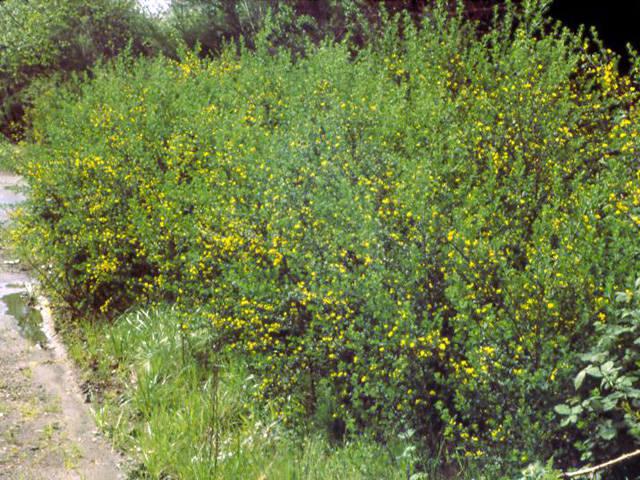
Bad luck comes if you borrow a broom, unless you borrow it without the owner knowing and return it unseen. It is unlucky to sweep dirt out of an open door, instead, pick up the dirt and carry it outside.

You also sweep away your dearest friend when you sweep after sunset. You’re not supposed to sweep after sunset because that disturbs evil spirits. If for some reason you have to bring an old broom to a new home, set it inside through a window since that negates the bad luck curse. However, you must sweep something in to the new house with your broom, before sweeping dirt out to bring good luck. It was thought that it was bad luck to move your old broom to a new home since it was believed that you brought the old dirt with you. “Yes, the grass stalks were harvested, bound into bundles and used to sweep early homes and cabins and there’s actually quite a bit of interesting lore concerning brooms that had developed over the centuries. So after learning all of this…my question is still, is broom grass actually used to make brooms? Why is it called broom grass? Please see this excerpt from a blog post on Dave’s Garden written by Melody Rose: It is also important to mention that one can fashion grass mats and natural fiber cordage from some of these same plants. They can also tell you quite a bit about the maker and the landscape it originates from. Brooms appear anywhere from tales of witches to many wedding traditions (such as jumping the broom in many African cultures). Although Halloween has since past, brooms are always relevant! Brooms, though some might look upon them as mundane, have great symbolic significance as well as craftsmanship. After harvesting some broom grass to experiment with brush broom-making from a landscape I’ve grown close with over these autumn months, it occurred to me that others might be curious about the wild and native grasses that you can make brooms from too.

Also, a human, I like to eat, so plants are what I gravitate towards. As a farmer and forager, plants are what I gravitate towards. To be honest, when I started brainstorming what to write for this week’s blog post, I wondered if readers were starting to get a bit bored of the wild edibles that I tend to highlight. Ecology, flowers, forage, foraging, plants


 0 kommentar(er)
0 kommentar(er)
